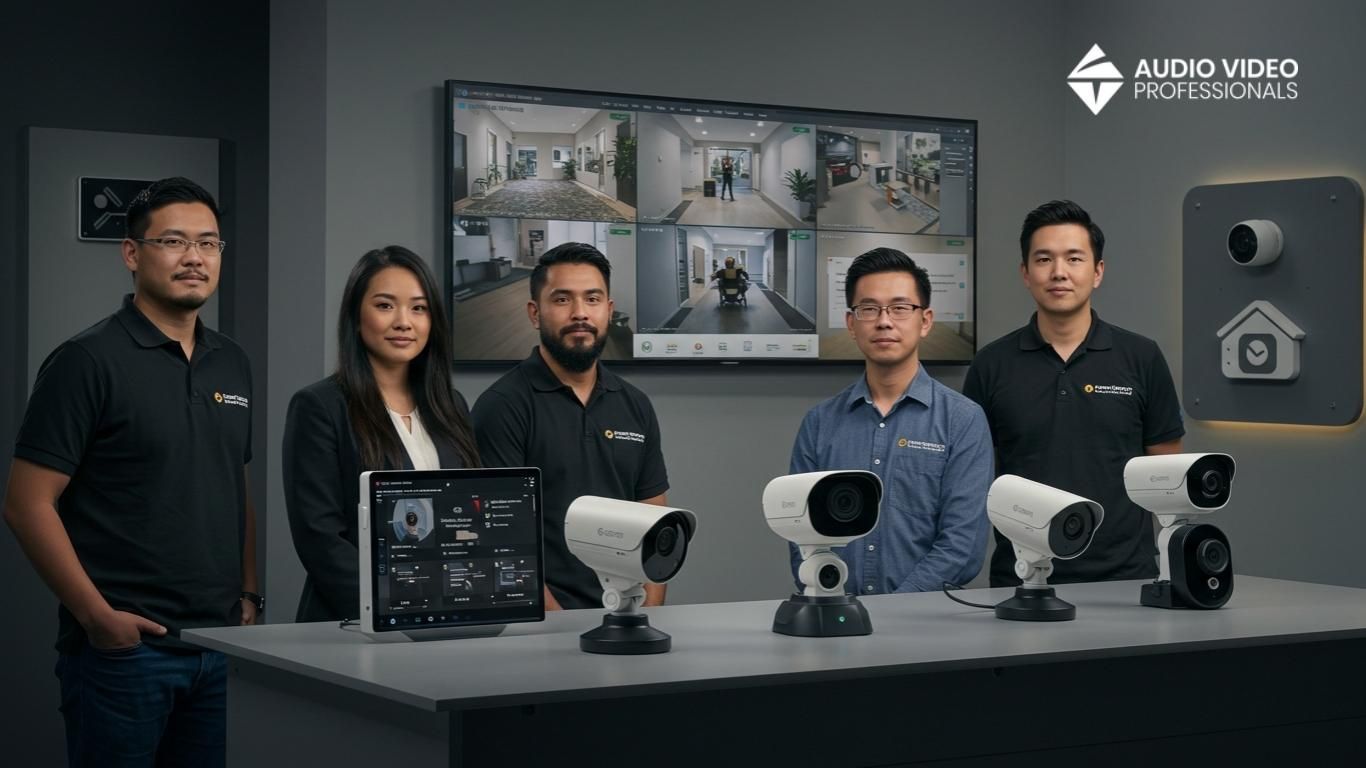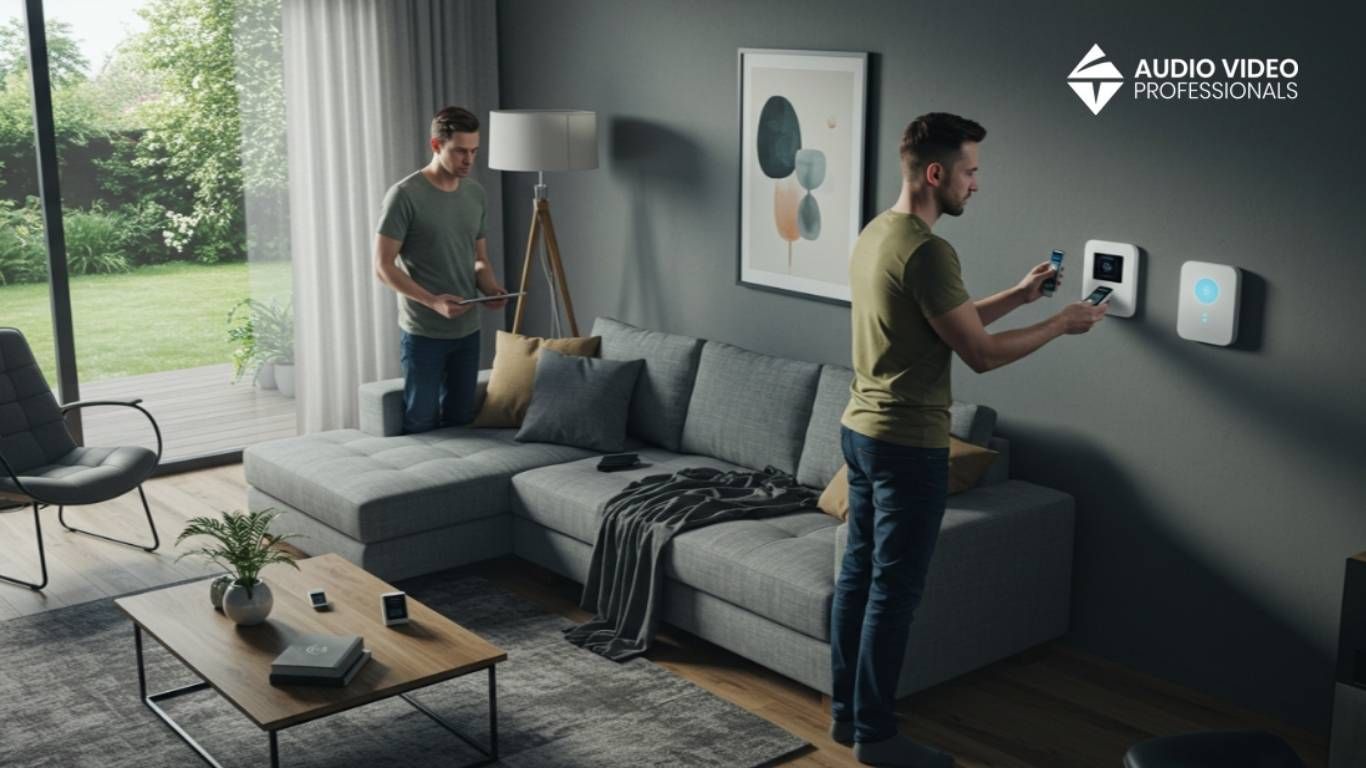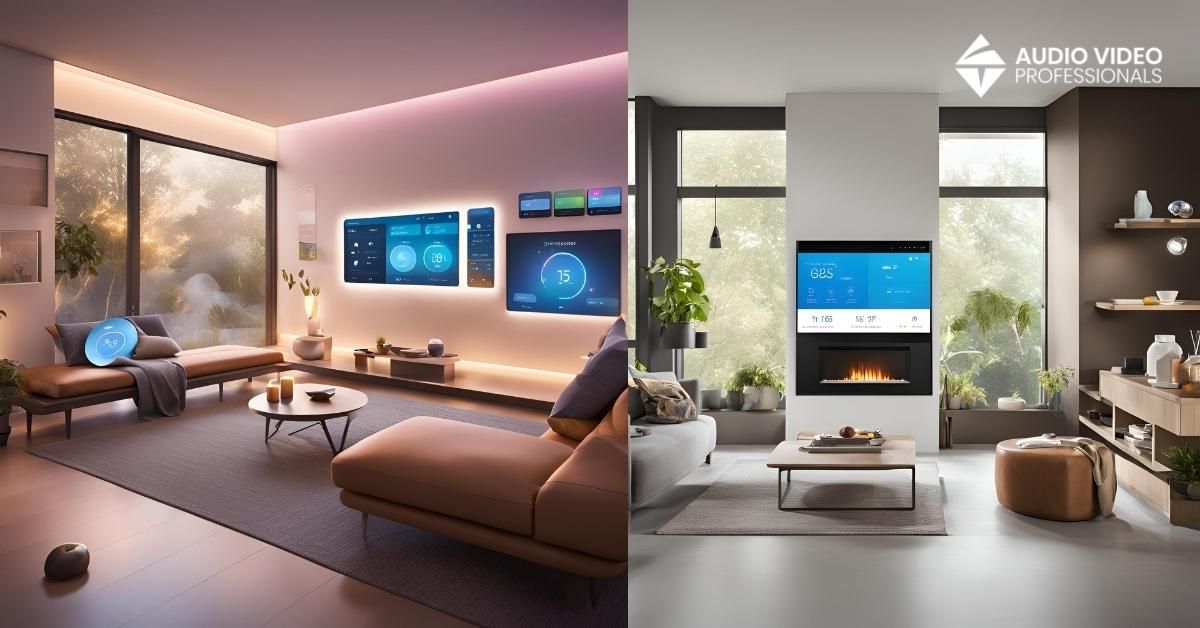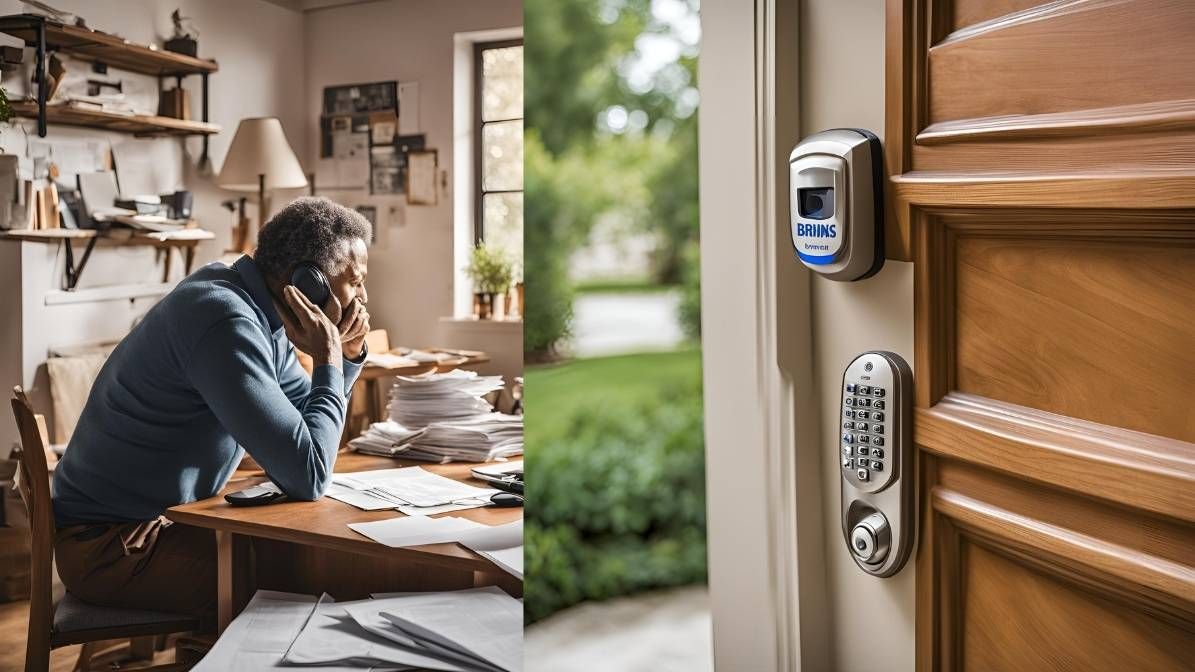Do It Yourself Home Automation Systems
As we continue to advance in smart home technology, the importance of home automation systems becomes increasingly evident. By controlling and automating various devices in our homes, we can enjoy a more convenient, efficient, and secure living experience. In this article, we'll explore the world of DIY home automation systems and provide you with a comprehensive guide to creating a smart home that works for you.
What are DIY Home Automation Systems?
DIY home automation systems are designed to provide homeowners with a cost-effective and flexible solution for automating their homes. These systems allow users to control and automate various devices, including lights, thermostats, security cameras, and more. With DIY home automation systems, homeowners can enjoy the benefits of a smart home without the need for expensive professional installation.
Benefits of DIY Home Automation Systems
- Cost-Effective: DIY home automation systems are often more cost-effective than professionally installed systems.
- Flexible: DIY home automation systems can be customized to meet the specific needs of your home and family.
- Convenient: DIY home automation systems can be controlled and automated using a smartphone or tablet.
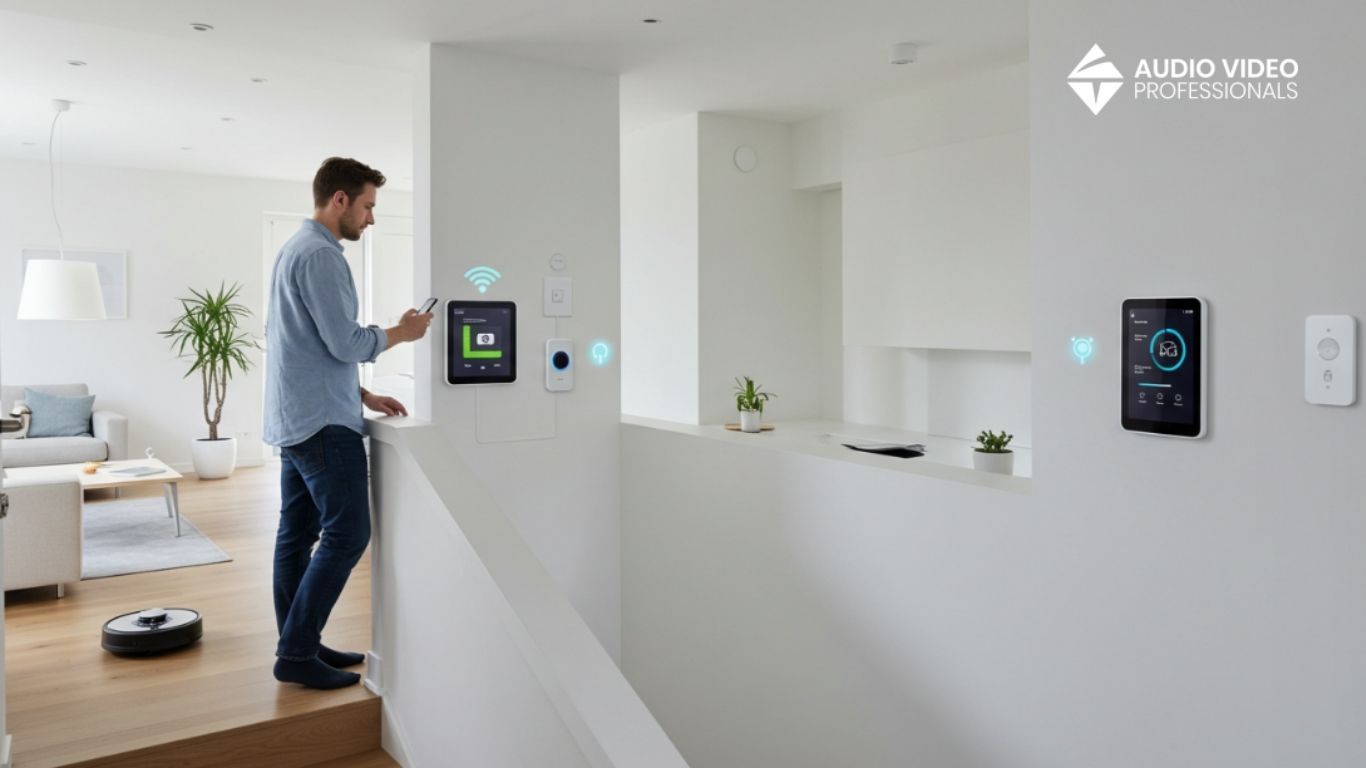
Examples of DIY Home Automation Systems
- Smart Thermostats: Smart thermostats, such as Nest and Ecobee, allow users to control and automate their home's temperature.
- Lighting Control Systems: Lighting control systems, such as Lutron and Crestron, allow users to control and automate their home's lighting.
- Home Security Systems: Home security systems, such as ADT and Vivint, allow users to control and automate their home's security.
Types of DIY Home Automation Systems
There are several types of DIY home automation systems available, each with its unique features and benefits.
Smart Thermostats
Smart thermostats are designed to provide users with a cost-effective and convenient way to control and automate their home's temperature.
Benefits of Smart Thermostats
- Energy Efficiency: Smart thermostats can help reduce energy consumption and lower energy bills.
- Convenience: Smart thermostats can be controlled and automated using a smartphone or tablet.
- Cost-Effective: Smart thermostats are often more cost-effective than traditional thermostats.
Examples of Smart Thermostats
- Nest: Nest is a popular smart thermostat brand that offers a range of features, including energy efficiency and convenience.
- Ecobee: Ecobee is another popular smart thermostat brand that offers a range of features, including energy efficiency and convenience.
2. Lighting Control Systems
Lighting control systems are designed to provide users with a convenient and cost-effective solution for controlling and automating their home's lighting.
Benefits of Lighting Control Systems
- Energy Efficiency: Lighting control systems can help reduce energy consumption and lower energy bills.
- Convenience: Lighting control systems can be controlled and automated using a smartphone or tablet.
- Cost-Effective: Lighting control systems are often more cost-effective than traditional lighting systems.
Examples of Lighting Control Systems
- Lutron: Lutron is a popular lighting control system brand that offers a range of features, including energy efficiency and convenience.
- Crestron: Crestron is another popular lighting control system brand that offers a range of features, including energy efficiency and convenience.
3. Home Security Systems
Home security systems are designed to provide users with a safe and secure way to protect their homes and families.
Benefits of Home Security Systems
- Safety: Home security systems can help protect your home and family from potential threats.
- Security: Home security systems can provide users with a sense of security and peace of mind.
- Convenience: Home security systems can be controlled and automated using a smartphone or tablet.
Examples of Home Security Systems
- ADT: ADT is a popular home security system brand that offers a range of features, including safety and security.
- Vivint: Vivint is another popular home security system brand that offers a range of features, including safety and security.
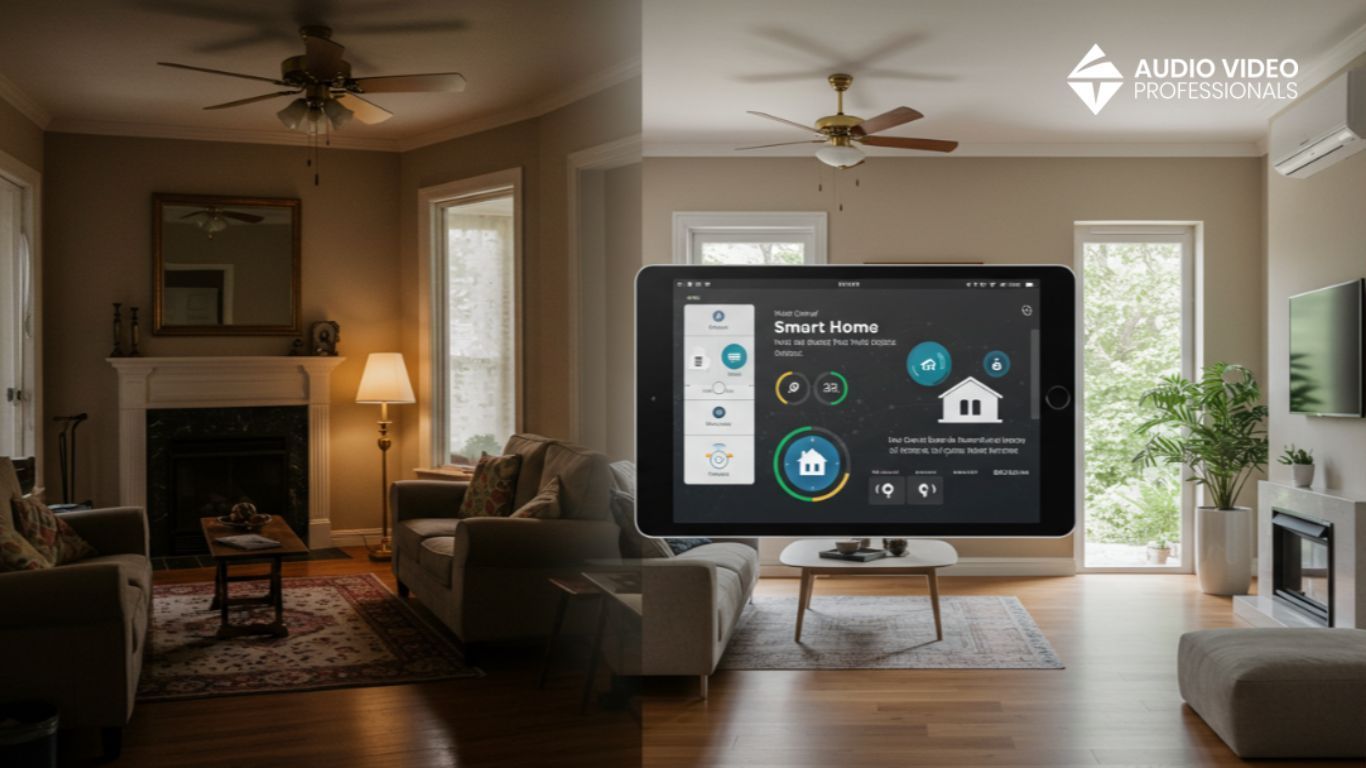
How to Choose the Right DIY Home Automation System
When choosing a DIY home automation system, there are several factors to consider.
Factors to Consider
- Compatibility: Make sure the system is compatible with your home's devices and systems.
- Scalability: Choose a system that can grow with your home and family.
- Ease of Use: Select a system that is easy to use and navigate.
System Requirements
- Hardware Requirements: Make sure you have the necessary hardware to support the system.
- Software Requirements: Make sure you have the necessary software to support the system.
Budgeting
- Cost Estimates: Get a cost estimate for the system and installation.
- Financing Options: Explore financing options to help cover the cost of the system.
Installing and Configuring Your DIY Home Automation System
Installing and configuring a DIY home automation system can be a complex process.
Step-by-Step Guide
- Hardware Installation: Install the necessary hardware to support the system.
- Software Setup: Set up the necessary software to support the system.
- System Configuration: Configure the system to meet your specific needs.
Troubleshooting
- Connectivity Issues: Troubleshoot connectivity issues with the system.
- Compatibility Issues: Troubleshoot compatibility issues with the system.
Benefits of DIY Home Automation Systems
DIY home automation systems offer a range of benefits, including increased convenience, improved energy efficiency, and enhanced safety and security.
Increased Convenience
- Smartphone Control: Control and automate your home's devices using a smartphone or tablet.
- Voice Control: Control and automate your home's devices using voice commands.
Improved Energy Efficiency
- Energy Monitoring: Monitor your home's energy consumption in real time.
- Energy Automation: Automate your home's energy consumption to reduce waste and lower energy bills.
Enhanced Safety and Security
- Home Security: Protect your home and family with a comprehensive security system.
- Emergency Response: Respond to emergencies with a comprehensive emergency response system.
Conclusion
In conclusion, DIY home automation systems offer a range of benefits, including increased convenience, improved energy efficiency, and enhanced safety and security. By choosing the right system and installing and configuring it correctly, you can enjoy a smart home that works for you.
Frequently Asked Questions
What is a DIY Home Automation System?
A DIY home automation system is a type of smart home system that allows users to control and automate various devices in their home, such as lights, thermostats, and security cameras, without the need for professional installation.
What are the Benefits of a DIY Home Automation System?
A DIY home automation system can offer benefits such as increased convenience, improved energy efficiency, and enhanced safety and security. It can also be more cost-effective than professionally installed systems.
How Do I Choose the Right DIY Home Automation System for My Home?
When choosing a DIY home automation system, consider compatibility, scalability, and ease of use. Make sure the system is compatible with your home's devices and systems, and choose a system that can grow with your home and family.
Can I Install and Configure a DIY Home Automation System Myself?
Yes, many DIY home automation systems are designed to be installed and configured by the user. However, if you are not comfortable with technology or have no experience with home automation systems, consult a professional for assistance.
Need help? Get a call back!
Call Us Today
Our Services
Our Company
Location: Meridian, ID 83646
Email: info@audiovideoidaho.com
Call Us Today 208-546-9478
We Are Social
Hours Of Operation
Monday to Friday 8:00 AM - 5:00 PM
Saturday: Appointment Only
Sunday: Closed
All Rights Reserved | Audio Video Professionals




